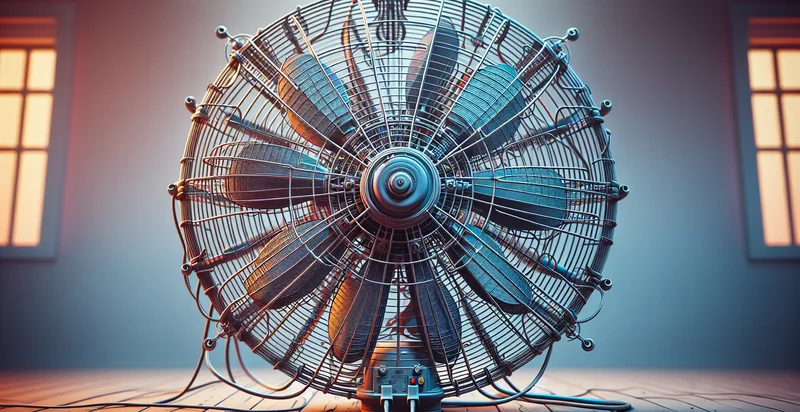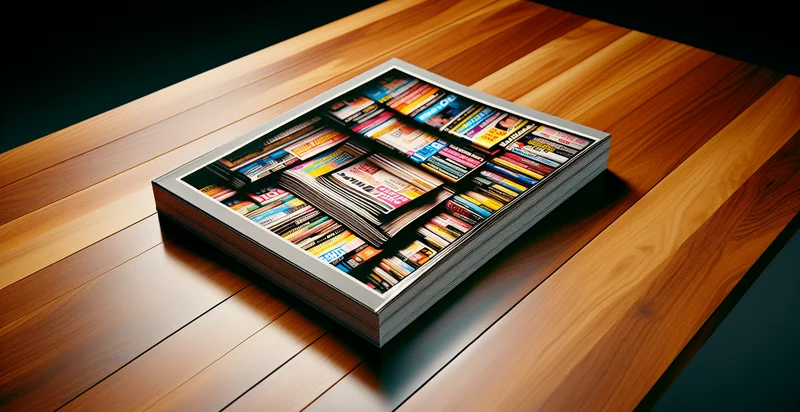Identify if mirror is upside down
using AI
Below is a free classifier to identify if mirror is upside down. Just upload your image, and our AI will predict if the mirror is upside down - in just seconds.

Contact us for API access
Or, use Nyckel to build highly-accurate custom classifiers in just minutes. No PhD required.
Get started
import nyckel
credentials = nyckel.Credentials("YOUR_CLIENT_ID", "YOUR_CLIENT_SECRET")
nyckel.invoke("if-mirror-is-upside-down", "your_image_url", credentials)
fetch('https://www.nyckel.com/v1/functions/if-mirror-is-upside-down/invoke', {
method: 'POST',
headers: {
'Authorization': 'Bearer ' + 'YOUR_BEARER_TOKEN',
'Content-Type': 'application/json',
},
body: JSON.stringify(
{"data": "your_image_url"}
)
})
.then(response => response.json())
.then(data => console.log(data));
curl -X POST \
-H "Content-Type: application/json" \
-H "Authorization: Bearer YOUR_BEARER_TOKEN" \
-d '{"data": "your_image_url"}' \
https://www.nyckel.com/v1/functions/if-mirror-is-upside-down/invoke
How this classifier works
To start, upload your image. Our AI tool will then predict if the mirror is upside down.
This pretrained image model uses a Nyckel-created dataset and has 2 labels, including Mirror Not Upside Down and Mirror Upside Down.
We'll also show a confidence score (the higher the number, the more confident the AI model is around if the mirror is upside down).
Whether you're just curious or building if mirror is upside down detection into your application, we hope our classifier proves helpful.
Related Classifiers
Need to identify if mirror is upside down at scale?
Get API or Zapier access to this classifier for free. It's perfect for:
- Home Decor Verification: This function can assist interior design apps in verifying the correct placement of mirrors within a room. By identifying if a mirror is upside down, the app can provide users with real-time feedback on their home decor choices, enhancing customer satisfaction.
- Smart Mirror Diagnostics: In the realm of smart mirrors, this function can help monitor the orientation of the device. If the mirror is placed upside down, the diagnostics feature can alert users or technicians to reposition it correctly to ensure optimal functionality.
- Augmented Reality Fit Solutions: Retail applications utilizing augmented reality can integrate this function to ensure mirrors reflect images accurately. By confirming the orientation, customers can better visualize how clothing or accessories will look when they try them on via AR.
- Installation Quality Control: Home improvement companies can use this function as part of their quality control process after mirror installations. Detecting whether mirrors are mounted correctly can prevent customer complaints and ensure a professional finish.
- Photography and Filmmaking: For photographers and videographers using mirror setups, this identifier can aid in ensuring that reflective surfaces are correctly aligned. This helps achieve the desired artistic effects without needing to manually check each mirror arrangement.
- Virtual Reality Experiences: Virtual reality applications can integrate this function to optimize reflections for immersive experiences. Correctly identifying mirror orientation enhances visual coherence, leading to more engaging simulations.
- Safety Monitoring in Gyms and Dance Studios: Gyms and dance studios can utilize this tool to check mirror placements frequently to ensure safety. Ensuring mirrors are correctly oriented aids in providing a safe environment for users to practice without reflections causing confusion or accidents.


